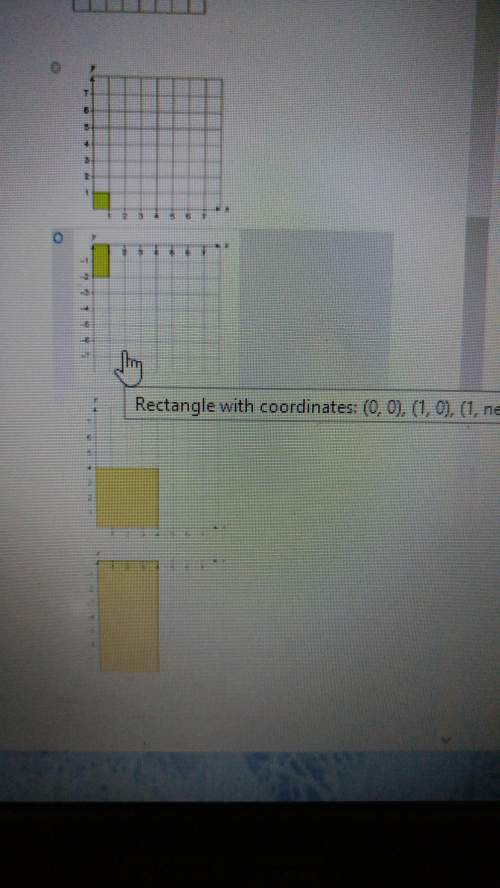
Meeting ID: 847 5675 5664
Passcode: zY6QjK
btw you don't have to join and free points yay!


i think it's eleven too, don't woosh me here, but according to the "experts" it's 2.
the proof starts from the peano postulates, which define the natural
numbers n. n is the smallest set satisfying these postulates:
p1. 1 is in n.
p2. if x is in n, then its "successor" x' is in n.
p3. there is no x such that x' = 1.
p4. if x isn't 1, then there is a y in n such that y' = x.
p5. if s is a subset of n, 1 is in s, and the implication
(x in s => x' in s) holds, then s = n.
then you have to define addition recursively:
def: let a and b be in n. if b = 1, then define a + b = a'
(using p1 and p2). if b isn't 1, then let c' = b, with c in n
(using p4), and define a + b = (a + c)'.
then you have to define 2:
def: 2 = 1'
2 is in n by p1, p2, and the definition of 2.
theorem: 1 + 1 = 2
proof: use the first part of the definition of + with a = b = 1.
then 1 + 1 = 1' = 2 q.e.d.
note: there is an alternate formulation of the peano postulates which
replaces 1 with 0 in p1, p3, p4, and p5. then you have to change the
definition of addition to this:
def: let a and b be in n. if b = 0, then define a + b = a.
if b isn't 0, then let c' = b, with c in n, and define
a + b = (a + c)'.
you also have to define 1 = 0', and 2 = 1'. then the proof of the
theorem above is a little different:
proof: use the second part of the definition of + first:
1 + 1 = (1 + 0)'
now use the first part of the definition of + on the sum in
parentheses: 1 + 1 = (1)' = 1' = 2 q.e.d.


Another question on Mathematics




btw you don't have to join and free points y...
























